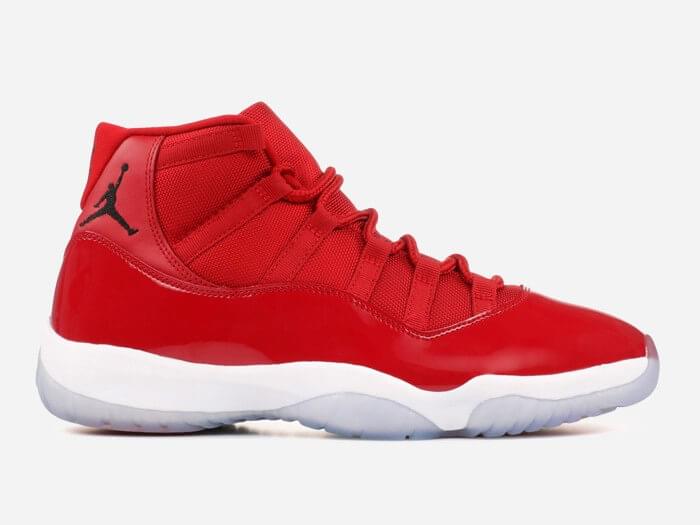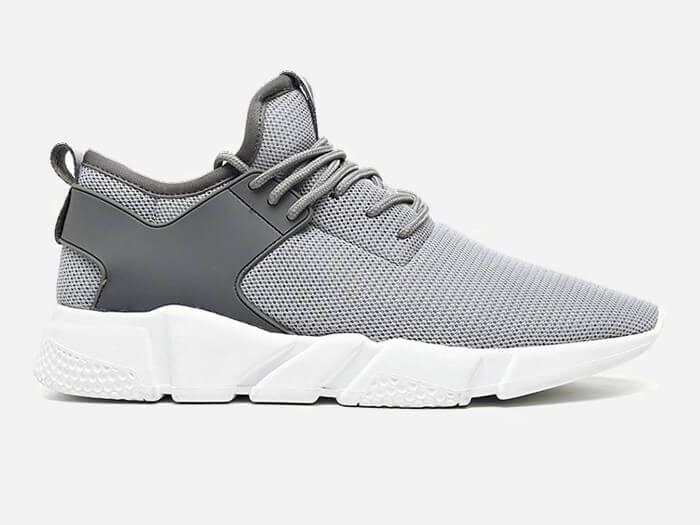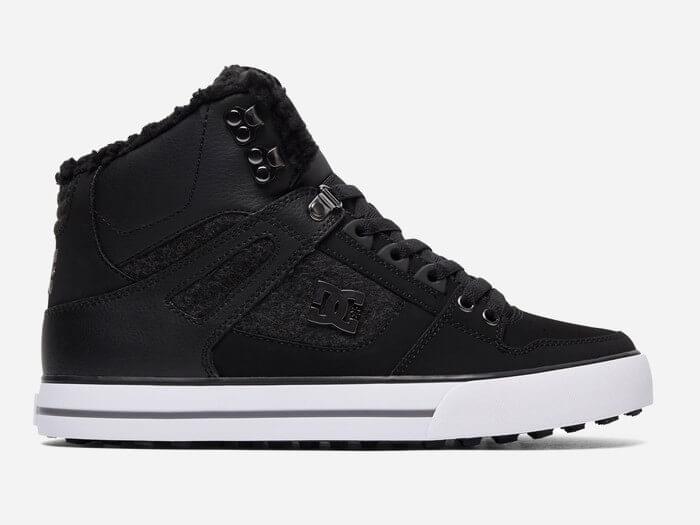From Selection to Maintenance: Best Practices for Well Control Hoses in Oil Drilling
Introduction:
Well control hoses play a crucial role in maintaining safety and efficiency in oil drilling operations. These hoses are subjected to extreme conditions and must be carefully selected, installed, and maintained to ensure optimal performance. This article outlines best practices for well control hose management, covering everything from initial selection to routine maintenance.
Selection:
The first step in well control hose management is selecting the right hose for the job. Factors such as pressure rating, temperature range, compatibility with drilling fluids, and flexibility must be carefully considered. It is important to consult industry standards and guidance documents, such as API (American Petroleum Institute) specifications, to ensure compliance and reliability. Proper research and analysis can help identify the most suitable hose for the specific drilling operation.
Installation:
Once the appropriate well control hose has been selected, proper installation is critical. Hoses should be inspected before installation to ensure they are free from defects or damage. During installation, it is essential to follow the manufacturer's guidelines and industry best practices. This includes correctly positioning and securing the hose, using appropriate fittings and connectors, and ensuring proper alignment to avoid excessive stress or bending. Regular inspections should be conducted to detect any signs of wear or leaks.
Maintenance:
Routine maintenance is key to extending the lifespan of well control hoses and preventing unexpected failures. Regular inspections should be carried out, focusing on areas prone to wear and tear, such as fittings, connectors, and the outer covering. Any signs of damage, including cuts, abrasions, or bulges, should be addressed promptly. Hoses should be cleaned regularly to remove any drilling mud, debris, or corrosive substances that may degrade the material. Additionally, pressure testing should be performed periodically to ensure the integrity of the hoses.
Proactive Measures:
To enhance hose performance and prevent failures, several proactive measures can be implemented. This includes implementing a robust hose management program, conducting thorough risk assessments, and providing adequate training for personnel involved in hose handling and maintenance. It is also advisable to keep a detailed record of hose usage, inspections, and maintenance activities. This documentation can be invaluable for future reference and analysis.
Conclusion:
Well control hoses are crucial components in oil drilling operations and need to be carefully managed to ensure safety and efficiency. Proper selection, installation, and maintenance are essential to prevent failures and optimize performance. By following industry best practices and adhering to recommended guidelines, operators can mitigate risks, extend hose lifespan, and ensure uninterrupted drilling operations. Regular inspections, cleaning, and pressure testing should be integral parts of a comprehensive well control hose management program.






Leave Your Product Requirements
Your email address will not be published. Required fields are marked *